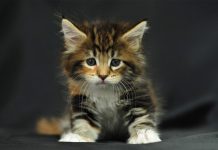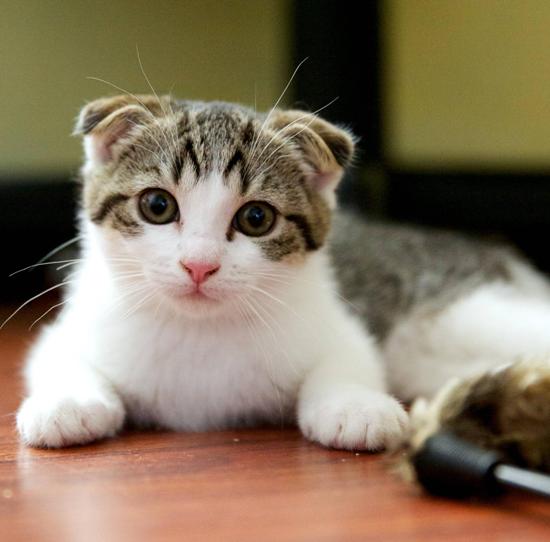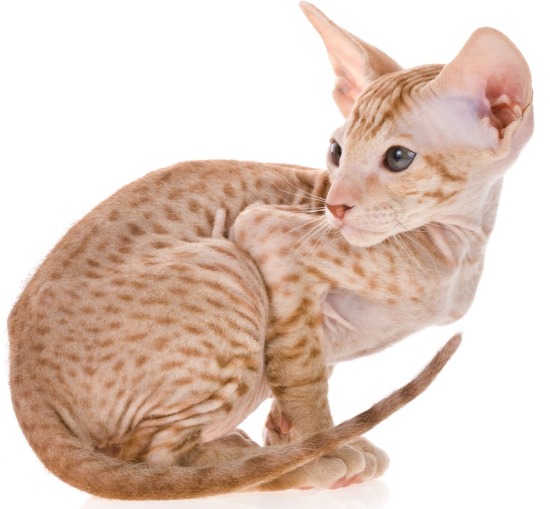More and more people are becoming the fans of Himalayan cats. These are also known as Himmie by the owners, and there are only two things needed to get such a cat: the willingness to share your life with a loving feline and also the time to care for its log and fluffy fur.
 The breed has been created during the 1950’s by American and British breeders, who had as their purpose the creation of a breed that had the same pattern as the Siamese, but the body and head structure of the Persian.
The breed has been created during the 1950’s by American and British breeders, who had as their purpose the creation of a breed that had the same pattern as the Siamese, but the body and head structure of the Persian.
By breeding together these species, and then crossbreeding the offspring, the new breed came to life.
This has been recognized in 1957 and it got the name Himalayan. The name has been chosen based on the similarities between the patterns of other animals, such as the Himalayan rabbit.
In 1984 the Himalayan and Persian breed have been united, and the Himalayan has been considered a color division of the Persian. Naturally there have been many people in that time who didn’t agree with this new policy.
The ideal appearance of the Himalayan is a large and substantial cat with a round look, and the specific body style that it has is known as “cobbyâ€. The long coat also accentuates the feeling of roundness.
There are two different face types of this breed: the extreme and the traditional. In both cases the cats have low set round ears, wide and round eyes, full cheeks and also well-developed chin. The truth is that in case of competitions, the extreme head type is the favorite, but the traditional one also has its fans.
The difference is that the extreme face type is round and flattened with short and snub nose. There is a tendency to make the face type even more extreme, but there are numerous breeders who don’t agree. The cats with this face type might experience breathing problems, malocclusions, eye tearing and also birthing difficulties.
The traditional head type is also round and massive, but the nose is placed lower on the face, while having the same shape. The sweet expression is given by the up-curving mouth, and the advantage of this type is that there are less probable health problems than in case of the extreme counterpart.
These cats are just perfect for the indoors. They are loyal and loving and although being calm and gentle, they also have a playful side. They enjoy playing fetch and a piece of crumpled paper or a cat toy will keep them entertained for hours. They are vocal and active, unlike the Persian cats, but still not as vocal and active like the Siamese.
They have a big need of being petted and groomed, and they just love being around humans.
The professionals say that there is need for about 10-15 minutes of grooming every day, and a one hour grooming session per week. During the spring and the fall when the felines lose their coat, additional grooming might be necessary.











